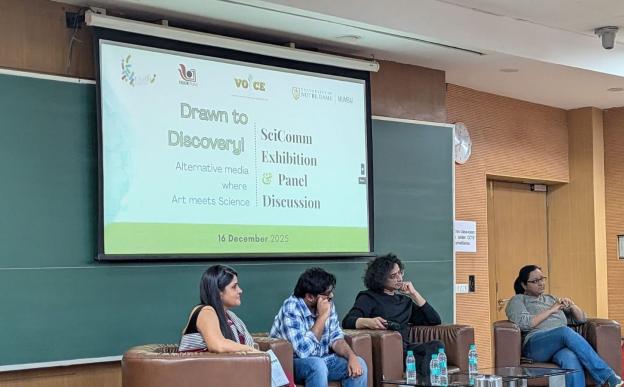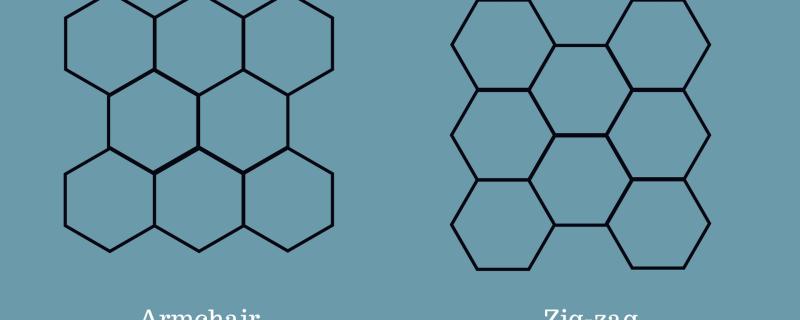Graphene is a form of carbon, just like diamond and graphite. It is made of a honeycomb shaped sheet of single layer of carbon atoms. Researchers from the Indian Institute of Science and University of Alabama have studied this material for its property of conducting electricity. Their study indicates that electrons can flow easily on the edges of graphene making it a very good conductor of electricity.
The Indian Institute of Science Education and Research (IISER) Pune on Tuesday launched the VOICE Fellowship 2025
Pune/

